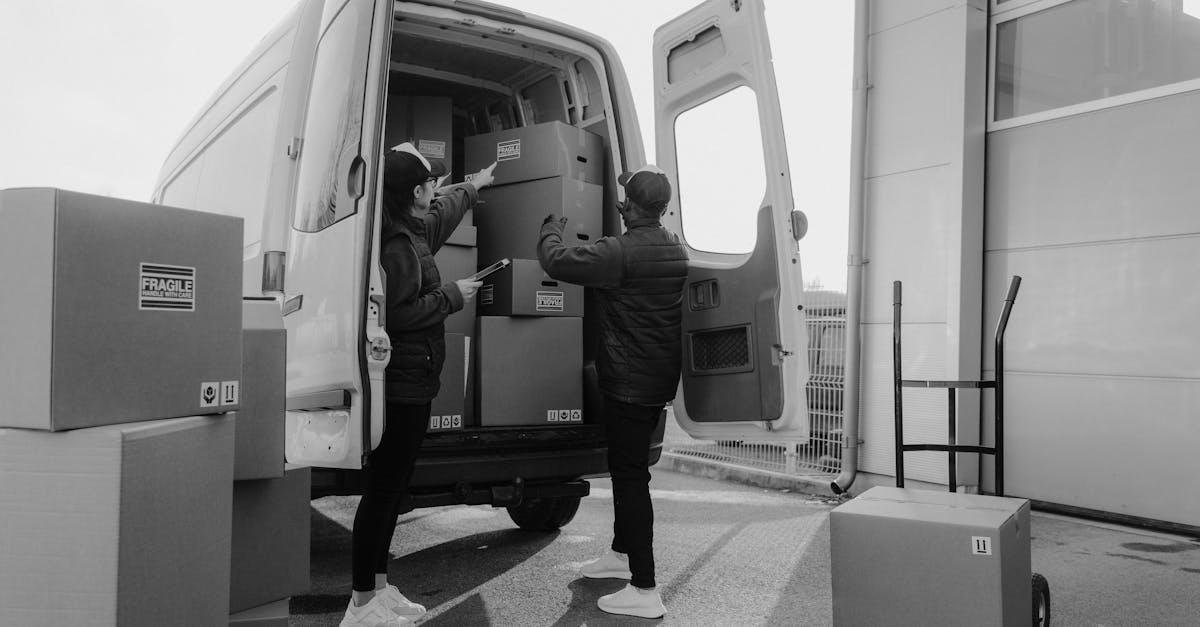Downsizing to a rental might sound like a daunting task, but it can actually feel like a refreshing escape from the chaos of clutter. Imagine trading in your oversized home for a cozy space that’s easier to manage. It’s like moving from a sprawling mansion to a chic studio—without the butler. Plus, less stuff means more time for the things that really matter, like binge-watching your favorite shows or mastering the art of pizza delivery.
In today’s fast-paced world, many are realizing that bigger isn’t always better. Downsizing not only lightens the load on your wallet but also your stress levels. So grab a cup of coffee and get ready to explore the ins and outs of making this transition smooth, enjoyable, and maybe even a little fun. After all, who wouldn’t want to swap a yard full of weeds for a maintenance-free rental?
Table of Contents
ToggleUnderstanding Downsizing
Downsizing to a rental offers a chance to embrace a simpler lifestyle. People often find that moving to a smaller space can lead to less stress and more freedom.
Benefits of Downsizing to a Rental
Downsizing provides financial advantages such as lower rent and reduced utility expenses. Smaller spaces often require less maintenance, freeing up valuable time. Simplified living results in less clutter, enabling greater focus on personal interests. Emotional benefits include increased comfort and a sense of community. Many renters discover that smaller environments foster stronger relationships with neighbors, enhancing social connections.
Common Challenges in the Downsizing Process
Moving to a rental presents various challenges that individuals must navigate. Emotional attachments to possessions can complicate decisions on what to keep. Finding a suitable rental that meets needs and budget often proves difficult. Adjusting to a smaller living space may create feelings of confinement for some. Managing time for the move alongside other commitments adds to the stress. Planning and organization play critical roles in overcoming these hurdles effectively.
Preparing for the Move
Preparing for a move requires careful thought and organization. Starting this process aids in a smoother transition.
Assessing Your Current Space
Evaluating the current living situation helps identify what is essential. This assessment involves looking at each room and determining which items are frequently used, needed, or simply taking up space. It’s beneficial to consider furniture, appliances, and personal belongings as well. Categories such as keep, donate, sell, or discard make this process clearer. Emotional attachments can complicate decisions, so focusing on practicality can guide choices. Understanding the amount of space available in the new rental also impacts what can be kept. Evaluate how much clutter exists, as reducing it can enhance the overall moving experience.
Creating a Downsizing Plan
Developing a strategic downsizing plan streamlines the entire process. Begin by setting specific goals regarding how much to reduce belongings. It helps to create a timeline that maps out key tasks to complete before the move. Each room should have a designated plan to minimize confusion during packing. Including a checklist can aid in keeping track of progress and ensuring nothing is overlooked. Consider researching local donation centers or online selling platforms to maximize the benefits of unwanted items. Engaging family or friends during this phase can provide support and additional perspectives on what to keep or part with. Each step taken in the planning phase makes the move smoother and more manageable.
Finding the Right Rental
Finding the right rental is essential in the downsizing process. It affects comfort and lifestyle quality.
Researching Rental Options
Researching rental options starts with online platforms. Websites like Zillow and Apartments.com provide extensive listings. Local classifieds may also feature hidden gems. Connecting with real estate agents can uncover exclusive opportunities. Using filters helps narrow choices based on budget and preferences. Driving through neighborhoods gives insight into community vibe and available rentals. Considering short-term rentals may offer flexibility during the transition. Gathering feedback from friends or family who have recently rented can provide valuable perspectives. All these strategies enhance the chances of discovering a suitable rental.
Evaluating Rental Amenities and Locations
Evaluating rental amenities plays a significant role in the decision-making process. Proximity to essential services like grocery stores and medical facilities influences convenience. An on-site laundry facility saves time and effort. Many renters appreciate access to recreational spaces, such as gyms and parks. Safety features, including secure entry systems, enhance peace of mind. Transportation options, like bus stops or subway stations, support easier commuting. Choosing a rental in a community with vibrant social activities boosts lifestyle enjoyment. Local attractions, such as restaurants and entertainment venues, contribute to overall satisfaction. Assessing all these factors ensures a well-rounded selection.
Managing the Transition
Managing the transition to a rental requires careful attention to detail and thoughtful organization. Downsizing can be challenging, but approaching it methodically simplifies the process.
Organizing Your Belongings
Start by assessing personal items. Categorize each item into four groups: keep, donate, sell, or discard. This classification makes decisions easier. Make a list of essentials to retain, focusing on what adds value to daily life. Utilize storage solutions to better manage items you plan to keep. This keeps the living space organized. Consider revisiting sentimental items with fresh eyes, as what once felt essential might not hold the same significance now.
Tips for a Smooth Move
Begin with a moving checklist to track tasks and deadlines. Create a timeline that outlines major milestones, ensuring no step is overlooked. Box items by category or room. Label each box clearly for efficient unpacking. Engage friends or family for assistance on moving day; their support can ease the physical and emotional load. Research local moving services for convenience, especially if handling large or heavy items. Maintain an open line of communication with the rental agency to confirm move-in details and address any questions.
Settling into Your New Home
Transitioning to a rental requires time for adjustment. Each individual approaches this shift differently, but establishing routines can help ease the process.
Adapting to Rental Life
Integrating into rental life involves embracing new habits. Flexibility proves essential when adapting to a smaller space. Adjusting daily routines, such as moving chores or chores, can create a more efficient home environment. It’s also important to explore the neighborhood, discovering local amenities and resources. Community engagement fosters connections with neighbors, enhancing the rental experience. Engaging with local groups or events can deepen these relationships. Ultimately, finding a sense of belonging significantly contributes to a positive transition.
Personalizing Your Rental Space
Personalization transforms a rental into a comforting home. Small designated areas, such as cozy reading nooks or personalized art displays, can enhance overall livability. Utilizing removable decor, like wall decals or unique furniture arrangements, allows for customization without permanent changes. Incorporating favorite colors or themes adds character to the space. Thoughtfully arranging belongings also maximizes functionality and comfort. Finally, sourcing local decor or plants can reflect personal style and foster a warm atmosphere. Emphasizing these elements ensures the rental feels uniquely hers or his.
Conclusion
Downsizing to a rental can be a transformative experience. By embracing a smaller living space, individuals can enjoy reduced stress and increased freedom. The process encourages a simpler lifestyle that fosters community connections and enhances overall well-being.
Planning and organization are key to a successful transition. With careful evaluation of belongings and strategic research for suitable rentals, the move can feel less daunting. Establishing routines and personalizing the new space helps in creating a sense of belonging.
Ultimately, this journey toward a more manageable lifestyle opens doors to new opportunities and experiences. Embracing the change can lead to a fulfilling and enriched life in a rental setting.





